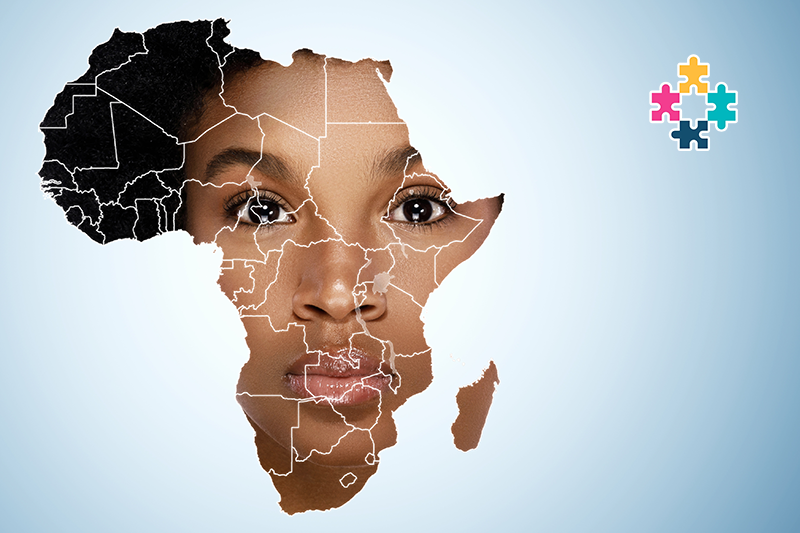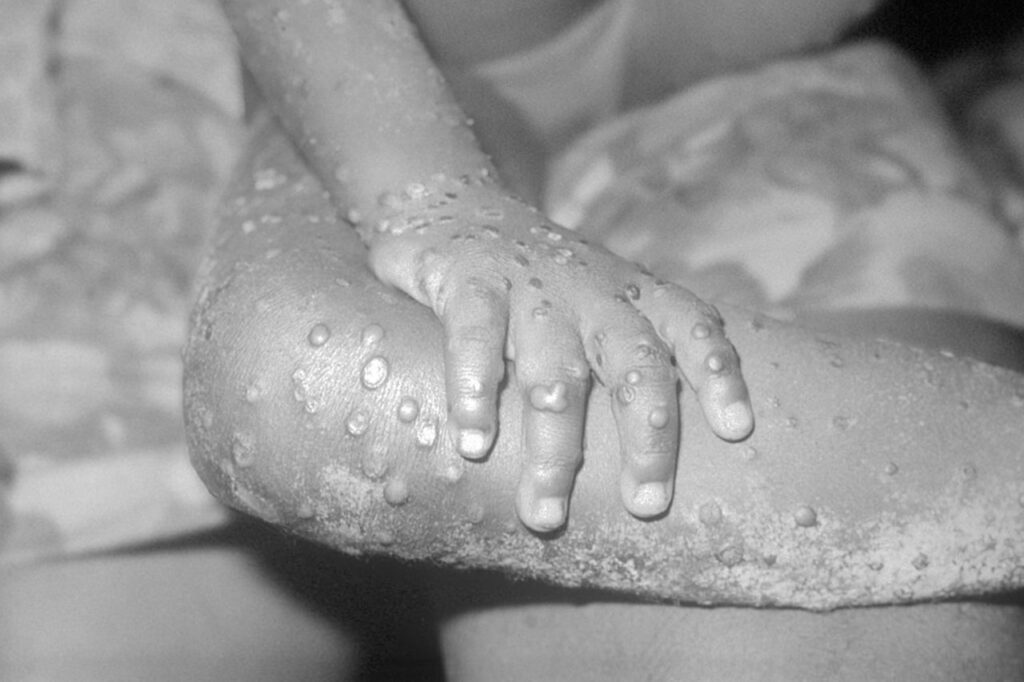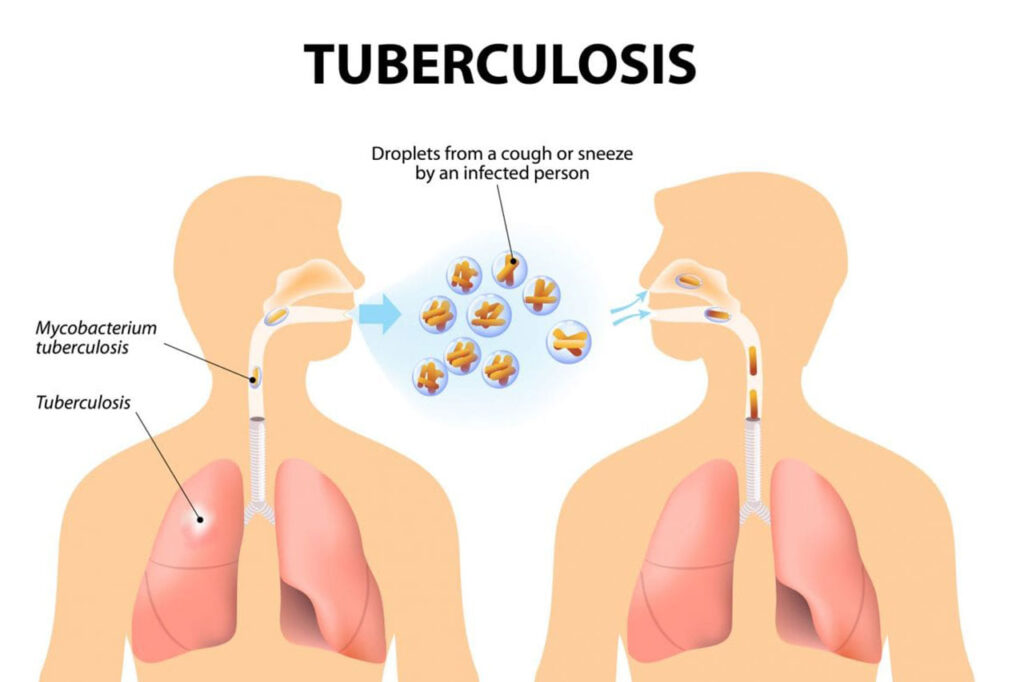
Latest News
WHO reluctant to label new Omicron strains as variants of concern
November 8, 2022
No Comments
CDC votes to add COVID-19 vaccines to child immunisation schedules
October 27, 2022
No Comments
Follow Us
Facebook
Twitter
LinkedIn
Newsletter
Subscribe our newsletter to stay updated








